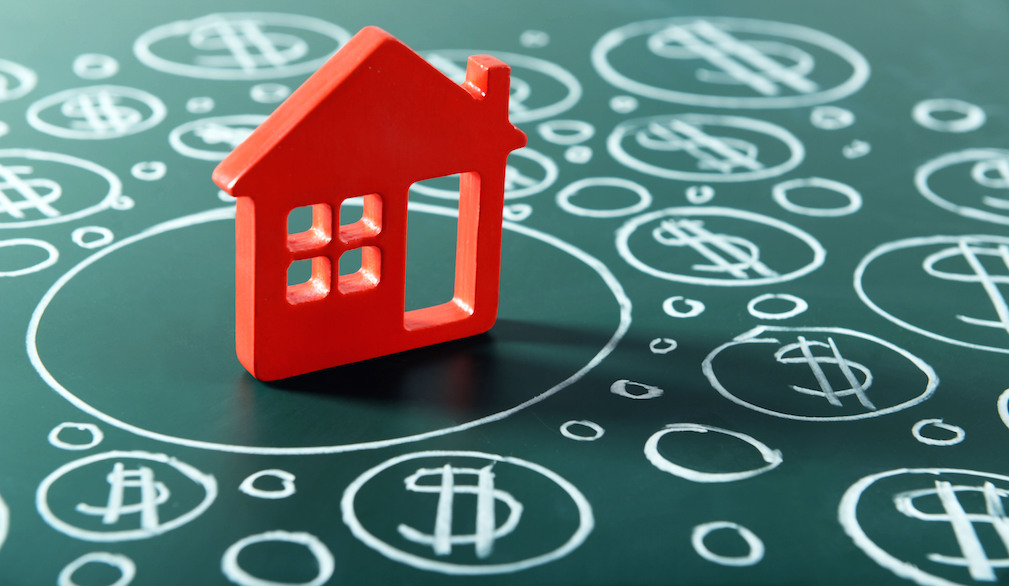In June, home prices fell 2.2%, declining 4.6% year over year, according to First American’s Real House Price Index.
According to First American’s data, unadjusted house prices sit 6.3% above the housing boom peak. Whereas consumer buying power ticked up 3.3% between May and June, increasing 12.2% year over year.
This means when consumer house-buying power is factored in, home prices are actually 41.3% below their 2006 peak and 18% below prices from January 2000.
Two of the three key drivers of the RHPI, household income and mortgage rates, swung in favor of increased affordability in June, said First American Chief Economist Mark Fleming.
“The 30-year, fixed-rate mortgage fell by 0.8 percentage points and household income increased 2.4% compared with June 2018. When household income rises, consumer house-buying power increases,” Fleming said. “Declining mortgage rates have a similar impact on affordability, so in June home buyers received a double shot of house-buying power to jolt affordability in their favor nationally.”
Fleming attributes the third driver to nominal house prices, which experienced a year-over-year increase of 7% in June.
“Increases in nominal house prices make housing less affordable. Yet, the RHPI experienced a 4.6% decline compared with one year ago,” Fleming said. “The reason? The true cost of housing reflects a consumers’ purchasing power, which is a function of mortgage rates and incomes, and in June, those measures tipped the scale in favor of affordability.”
According to Fleming, the continual “tug-of-war” between house-buying power and nominal house prices will ultimately determine the fate of real house prices.
“Currently, the unemployment rate in the U.S. is at a 50-year low, jobs are plentiful, and wages are rising. In June, average hourly earnings increased 3.3% compared with one year ago, which translates to a 2.4% increase in household income,” Fleming said. “Since June 2018, household income growth increased consumer house-buying power by $8,600.”
“The net effect of these dynamics? Consumer house-buying increased by $44,000 in June compared with one year ago, more than enough to overcome the 7% increase of nominal house price appreciation,” Fleming said. “In fact, house-buying power is the highest it’s been since we began tracking it in 1991.”







